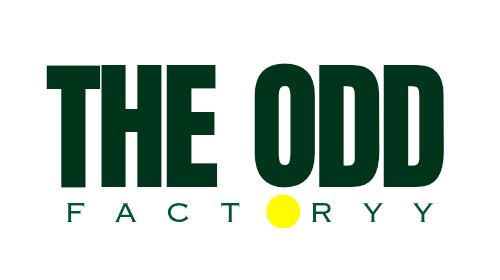Introduction
The world of fashion design is rich in innovation, and nowhere is this more evident than in the realm of pattern making. With the evolution of technology, we see two dominant methodologies emerge: Computer-Aided Design (CAD) pattern making and traditional Manual Pattern Making. As we delve into the intricacies of both, the question arises: which reigns supreme in the context of Pattern Making and Grading?
Manual Pattern Making: The Charm of Tradition
Rooted in history, manual pattern making has been the bedrock of fashion design for centuries.
Tactile Experience: Many designers vouch for the tactile experience manual pattern making offers. Feeling the paper, making alterations with hands gives an unmatched sense of connection to the design.
Foundation Skills: Before technology swept in, manual grading in pattern making was the norm. It forms the foundational skills every designer should possess, ensuring a deeper understanding of garment construction.
No Tech Barriers: With manual methods, there\’s no need to grapple with software glitches or technological hiccups.
CAD Pattern Making: The Digital Revolution
Enter the age of digital fashion, and CAD pattern making has rapidly become a frontrunner.
Precision: CAD ensures impeccable accuracy. This is especially beneficial when grading sewing patterns, where minute alterations can drastically impact the garment\’s fit.
Efficiency: Time is of the essence in the fashion world. CAD accelerates the Pattern Making and Grading process, allowing for real-time changes and instant pattern generation.
Reproducibility: Digital patterns can be duplicated effortlessly, ensuring consistency across multiple garments.
Digital Storage: Gone are the days of vast physical archives. CAD patterns can be stored on servers or cloud platforms, ensuring easy access and longevity.
Enhanced Visualization: Advanced CAD systems offer 3D visualization, letting designers view a virtual representation before the first stitch is made.
So, Which is Superior?
The answer isn\’t straightforward. Manual pattern making brings with it the charm of tradition and an organic connection to the design. However, the advantages of CAD, from speed to precision, are undeniable, especially in the contemporary fast-paced fashion market.
For those just stepping into the industry, understanding manual grading in pattern making offers foundational knowledge. However, as the industry advances and sustainability becomes pivotal, the efficiency and reduced wastage CAD offers make it an indispensable tool.
In essence, while CAD pattern making is undoubtedly the future, the roots in manual techniques ensure a holistic understanding of fashion\’s art and science.
Why The Odd Factory Advocates a Blended Approach:
At The Odd Factory, we believe in a marriage of tradition and innovation. While we champion the latest in CAD technology, ensuring precision and efficiency, we also venerate the age-old skills of manual pattern making. We\’re here to guide designers on this journey of blending the old with the new, ensuring the magic of creation is never lost, only enhanced.
Get in Touch Today for Pattern Making and Grading Services – The Odd Factory
Email – info@theoddfactory.com
Join our Slow FashionCommunities with daily Fashion Manufacturing Tips ,Assistance & Engage with Like Minded individuals for Queries, Reselling & MORE



